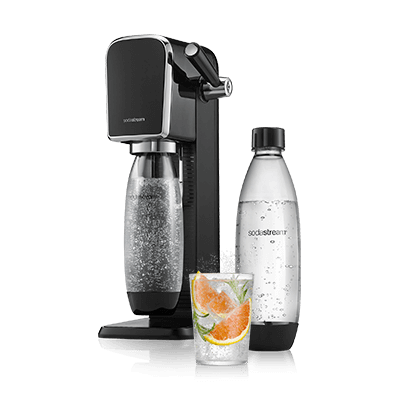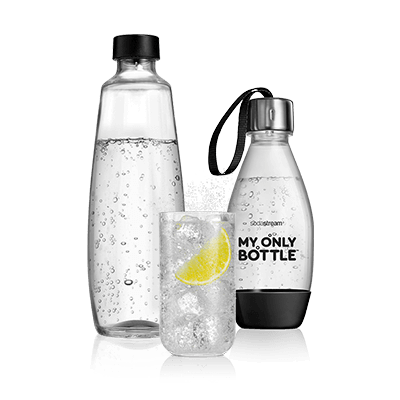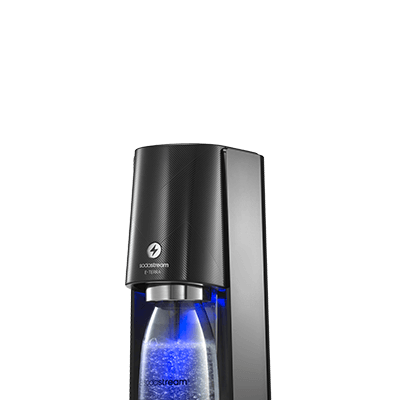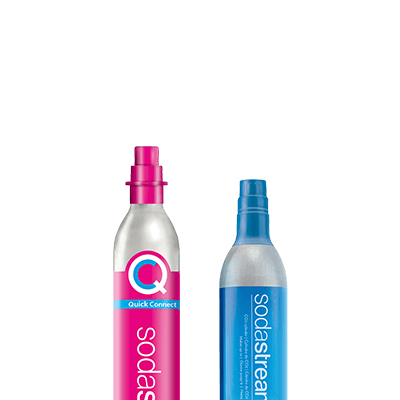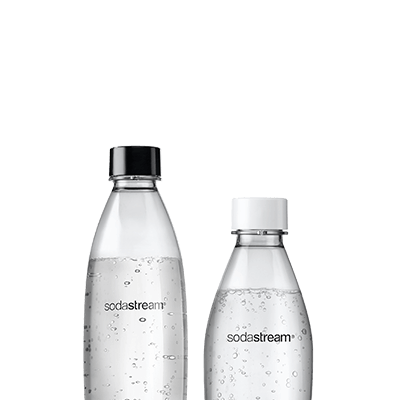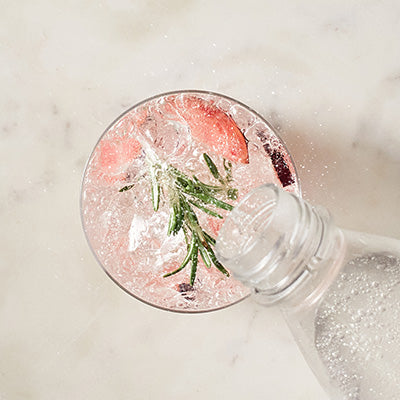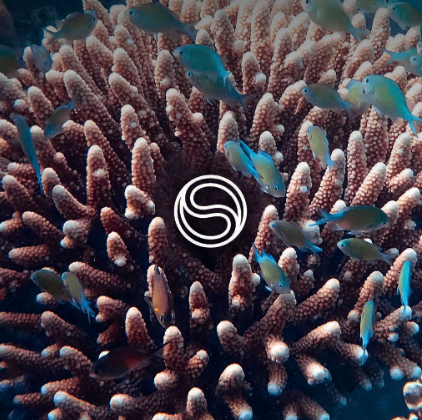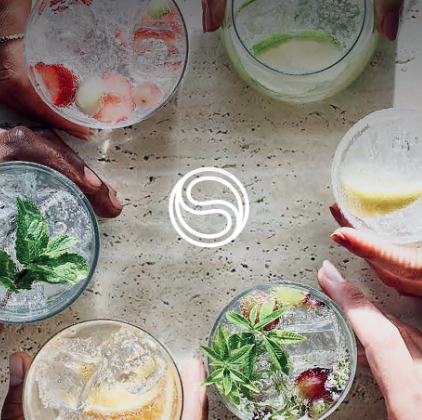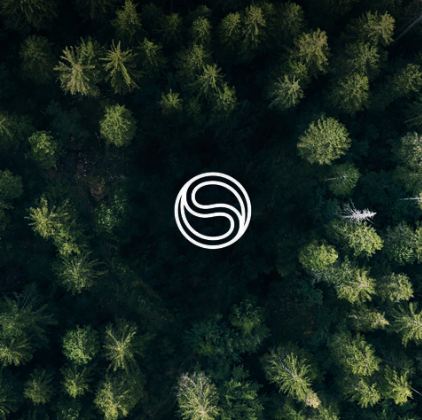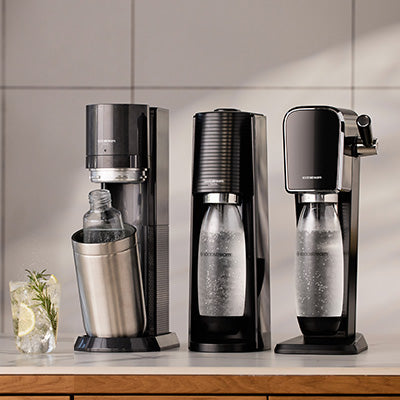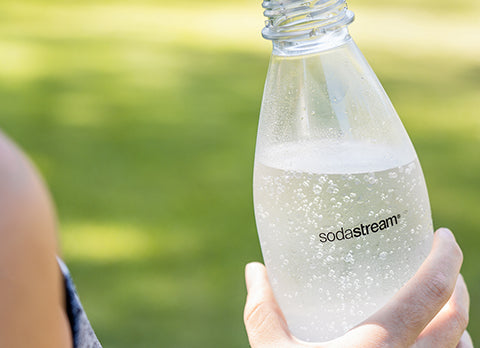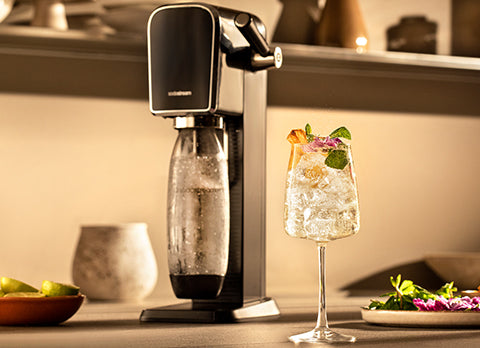How Is Water Carbonated
Carbonated water comes in several forms, including soda water, sparkling water, and even seltzer water. But, when all is said and done, all forms of carbonated water are created when water is infused with carbon dioxide gas under pressure, causing those small and familiar bubbles to form. When this happens, the water becomes effervescent – and far more pleasing for your taste buds.
Let’s take a closer look at what makes up this wonderful bubbly beverage, and how you can carbonate water for a fun drinking experience.

First, you’ll need some carbon dioxide
Carbon dioxide is a colorless, odorless, and incombustible gas that’s one of the most abundant gasses present in our atmosphere. It exists in solid, liquid, or gaseous states and is used in many chemical processes, including for refrigeration and cooling. Bubbles are created when CO2 is forced into your regular still water under pressure.
To carbonate water, the pressure must remain
If you love the taste and feel of bubbly water on your tongue, and are trying to quit drinking sugary sodas, then you may have considered self-carbonating your water. All you really need is cold water, pressure, and surface contact to create those powerful bubbles.
If you use warmer water, you will find that the beverage will become flat much faster. That’s because CO2 molecules (as all molecules) are much more active in warm temperatures and are able to escape much easier.
To successfully carbonate water with a CO2 tank, the gas regulator valve should be set at 55 PSI, to enable the serving pressure to remain at around 12 PSI. Note that most commercial carbonated waters are only carbonated to approximately 20 PSI, which isn’t nearly enough to keep your bubbles bubbly once you’ve started pouring out and drinking your fizzy beverage.
Acid and carbonation
The carbonation process also changes the taste of the water and gives it that delicious bite that many of us love. This bite is caused by the acid when the carbon dioxide dissolves in the water and then reacts with it forming carbonic acid.
Although this type of acid is weak, it is an essential part of the carbonation process and is how we get that fizziness and that bite we crave.

DIY carbonation – you can do it!
Regulators, tubing, and clamps can be used to build your own self-carbonation system, and in the past, consumers would make soda water at home using an old fashioned seltzer bottle. It included a soda siphon and an attached gas canister that carbonated the water, much like the system inside of whipped cream dispensers.
But you don’t have to follow this complex and laborious path to get great, fresh self-carbonated water.
SodaStream makes self-carbonation easy and simple
Another option is SodaStream. It is a quick and easy one-touch method that you can use to make your favorite bubbly water and beverages at home, instantly and whenever you please. You simply twist on the CO2 canister, push the button to fizz, and pour your delicious drinks into your favorite bottles or glasses. You’ll save money on your weekly grocery bill, and will never have to go out and shop for carbonated water ever again!
SodaStream forces carbon dioxide into your regular tap water to make it fizzy. The gas is stored inside of a carbon dioxide cylinder under high pressure and only makes an exit when injected into your reusable beverage bottles.
So, now that you know how carbonated water can be made – and how SodaStreaming can make the whole process easier, instantaneous and fun - it’s really a no-brainer. Get your hands on a SodaStream self-carbonation machine and let the good, hydrated times start bubbling!
For more information and to order your very own SodaStream machine, click here!
